Dive into the Power & Passion of ‘Tenor Madness
In the vast panorama of jazz, Sonny Rollins’ “Tenor…
It’s not every day that one stumbles upon an album like Lee Morgan‘s “The Rumproller.” This captivating blend of jazz styles and innovative compositions leaves the listener wanting more, intrigued by the sonic exploration. As we delve into this fascinating record, you’ll experience firsthand the mesmerizing sounds and the sheer brilliance of the musicians involved.
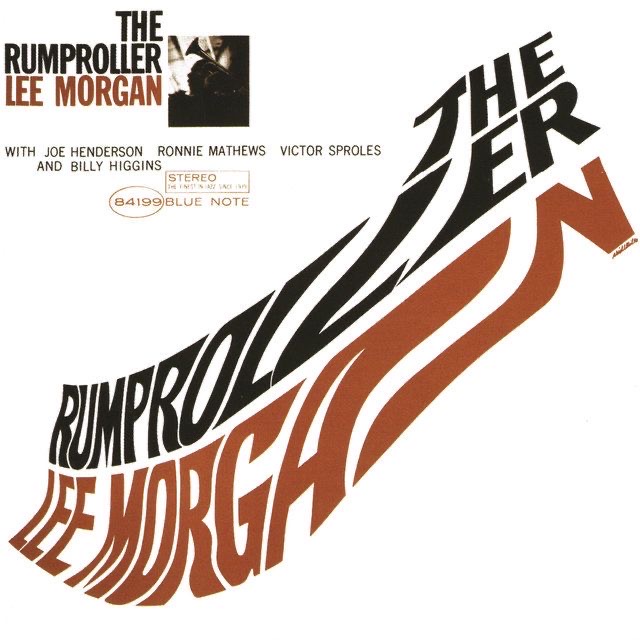
The Rumproller offers a diverse range of musical styles in its five tracks. Compositions by Lee Morgan, Andrew Hill, Wayne Shorter, and Rudy Stevenson come together, creating a rich tapestry of jazz that spans hard bop, bossa nova, and atmospheric jazz. These varied tracks demonstrate the flexibility and creativity of Morgan and his fellow musicians, who skillfully navigate each piece with aplomb.
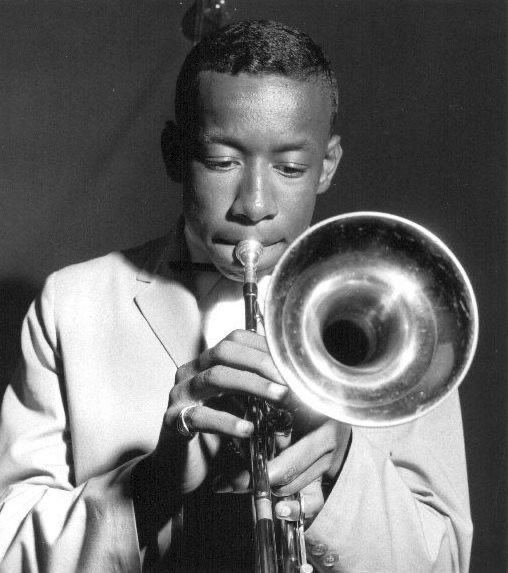
Recorded on April 21, 1965, “The Rumproller” bears the mark of the prestigious Blue Note label. The sessions took place at the famed Rudy Van Gelder Studio in Englewood Cliffs, New Jersey. This legendary studio, known for its superb acoustics, provided the perfect environment for the musicians to showcase their talents and create a timeless masterpiece.
At the heart of this album is the masterful trumpeter Lee Morgan. His association with Art Blakey’s Jazz Messengers catapulted him to prominence in the jazz world. Following the success of his hit album “The Sidewinder,” Morgan assembled a top-tier ensemble to create “The Rumproller,” a testament to his musical vision and prowess.
Joe Henderson, the renowned tenor saxophonist, stands out with his exceptional technique and expressive playing. Having collaborated with a plethora of jazz legends, Henderson’s contribution to “The Rumproller” comes after the release of his debut album, “Page One” in 1963. His soulful sound and melodic inventiveness are evident throughout the record.
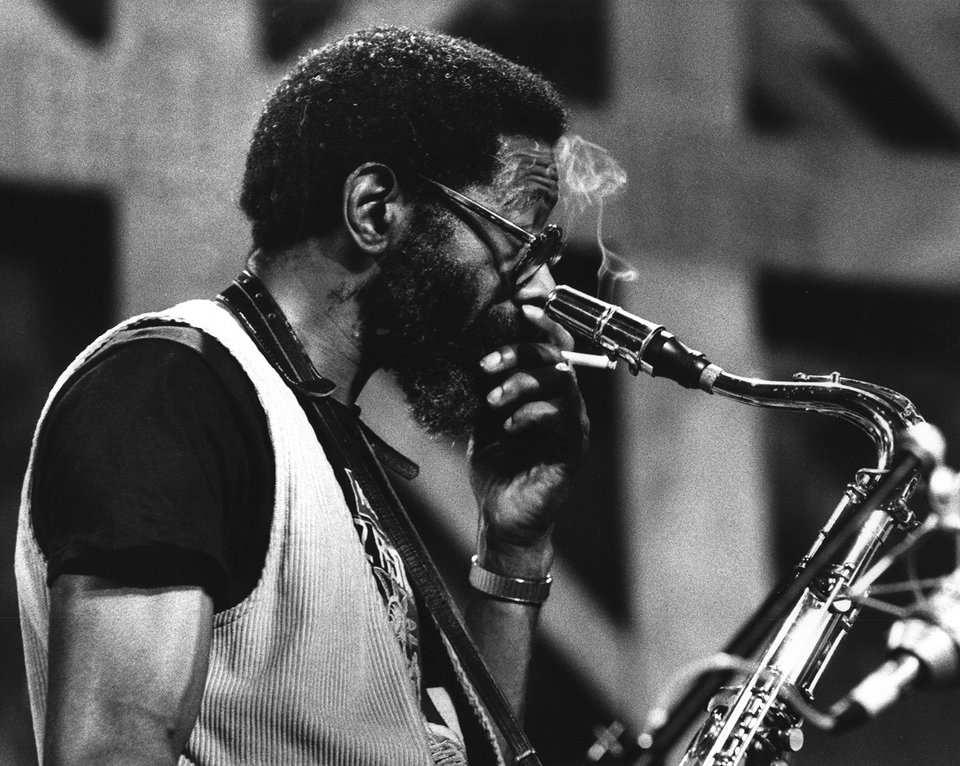
Pianist Ronnie Mathews, whose resume boasts collaborations with jazz greats like Freddie Hubbard, brings his unique touch to the album. Prior to joining the “The Rumproller” sessions, Mathews had worked as a sideman on numerous Blue Note recordings. His experience and sensibilities shine through, lending a distinct character to the music.
On bass, Victor Sproles makes his presence felt. Known for his work with Sun Ra and other jazz luminaries, Sproles contributed to several important recordings in the early 1960s. His solid foundation and driving bass lines provide the perfect support for the rest of the ensemble.
Rounding out the lineup is the acclaimed drummer Billy Higgins. A fixture on numerous Blue Note albums, Higgins had established himself as a sought-after session drummer. His subtle, yet effective, drumming breathes life into the music, enhancing the overall experience.
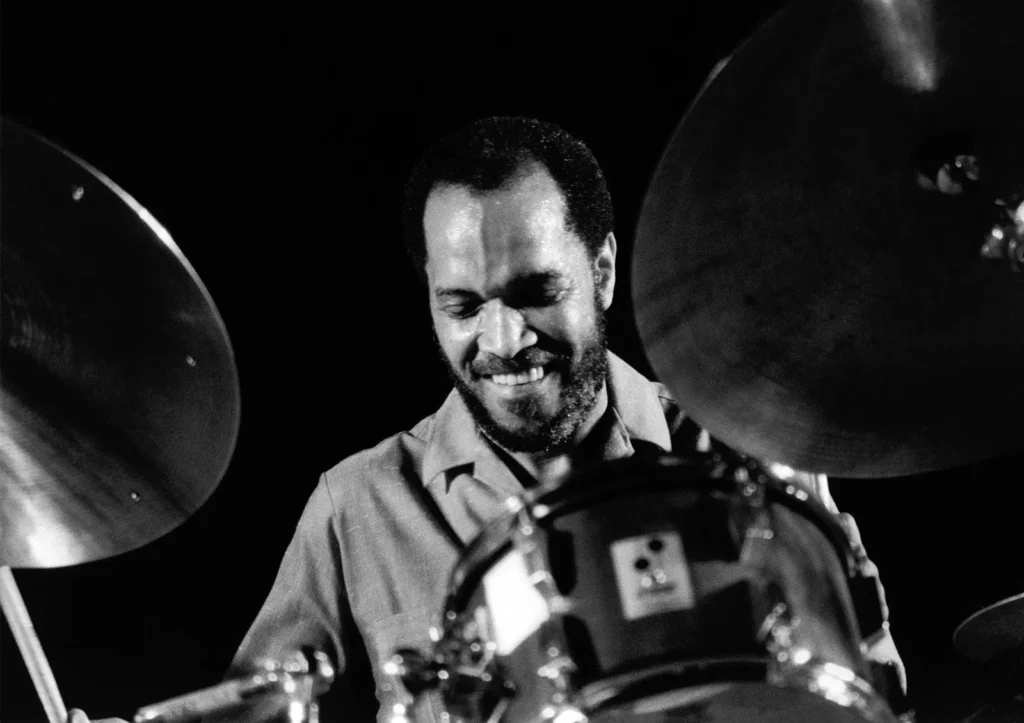
“The Rumproller,” composed by Andrew Hill, sets the stage with its energetic, groove-based tune and catchy melodies. Morgan’s vibrant trumpet solo, coupled with Henderson’s dynamic saxophone performance, showcases their musical chemistry and elevates the track to new heights.
“Desert Moonlight” immerses the listener in a lush, evocative soundscape. Morgan’s poignant trumpet playing intertwines with Henderson’s saxophone, creating a strong sense of atmosphere. Mathews’ expressive piano solo adds another layer of depth, making this piece truly memorable.
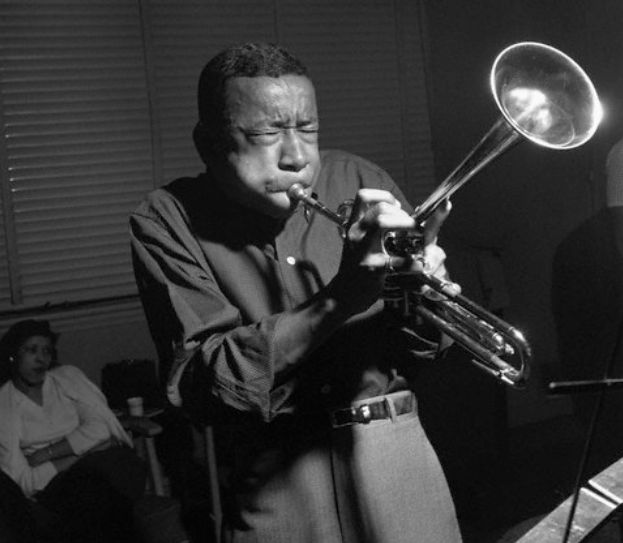
As a personal favorite, “Eclipso” captivates with its mesmerizing bossa nova rhythm and unforgettable melody. Sproles’ driving bass lines propel the music forward, while Higgins’ subtle drumming provides the perfect rhythmic accent. The entire ensemble shines on this track, demonstrating their collective mastery of diverse styles.
Wayne Shorter’s “Edda” showcases the musicians’ versatility with its complex, engaging composition. Shorter’s imaginative writing is brought to life by the ensemble’s tight and cohesive performance. The piece highlights the individual talents of each musician, while simultaneously emphasizing the group’s chemistry and unity.
Throughout “The Rumproller,” listeners are treated to a blend of hard bop, bossa nova, and atmospheric jazz. The album explores themes of groove, emotion, and musical exploration, providing a diverse and engaging listening experience. The musicians’ ability to seamlessly transition between styles speaks to their incredible skill and artistry.
Upon its release, “The Rumproller” received mixed reviews. Critics often compared it to the success of Morgan’s previous album, “The Sidewinder.” However, “The Rumproller” stands on its own as an important work, highlighting Morgan’s diverse musical abilities and his willingness to venture beyond the confines of hard bop. Over time, the album’s influence on future artists became increasingly apparent, solidifying its place in jazz history.
Today, “The Rumproller” is viewed with growing appreciation among jazz enthusiasts and critics alike. Its continued significance stems from the superb musicianship displayed by the ensemble, as well as the album’s intriguing blend of styles. “The Rumproller” serves as a testament to the spirit of innovation and collaboration that defines jazz as a genre.
In conclusion, Lee Morgan’s “The Rumproller” is an invigorating journey through diverse musical styles and captivating compositions. The album showcases the extraordinary talents of each musician, while also highlighting their ability to work together as a cohesive unit. As time goes on, “The Rumproller” continues to inspire and captivate listeners, cementing its place as a significant work in the annals of jazz history.